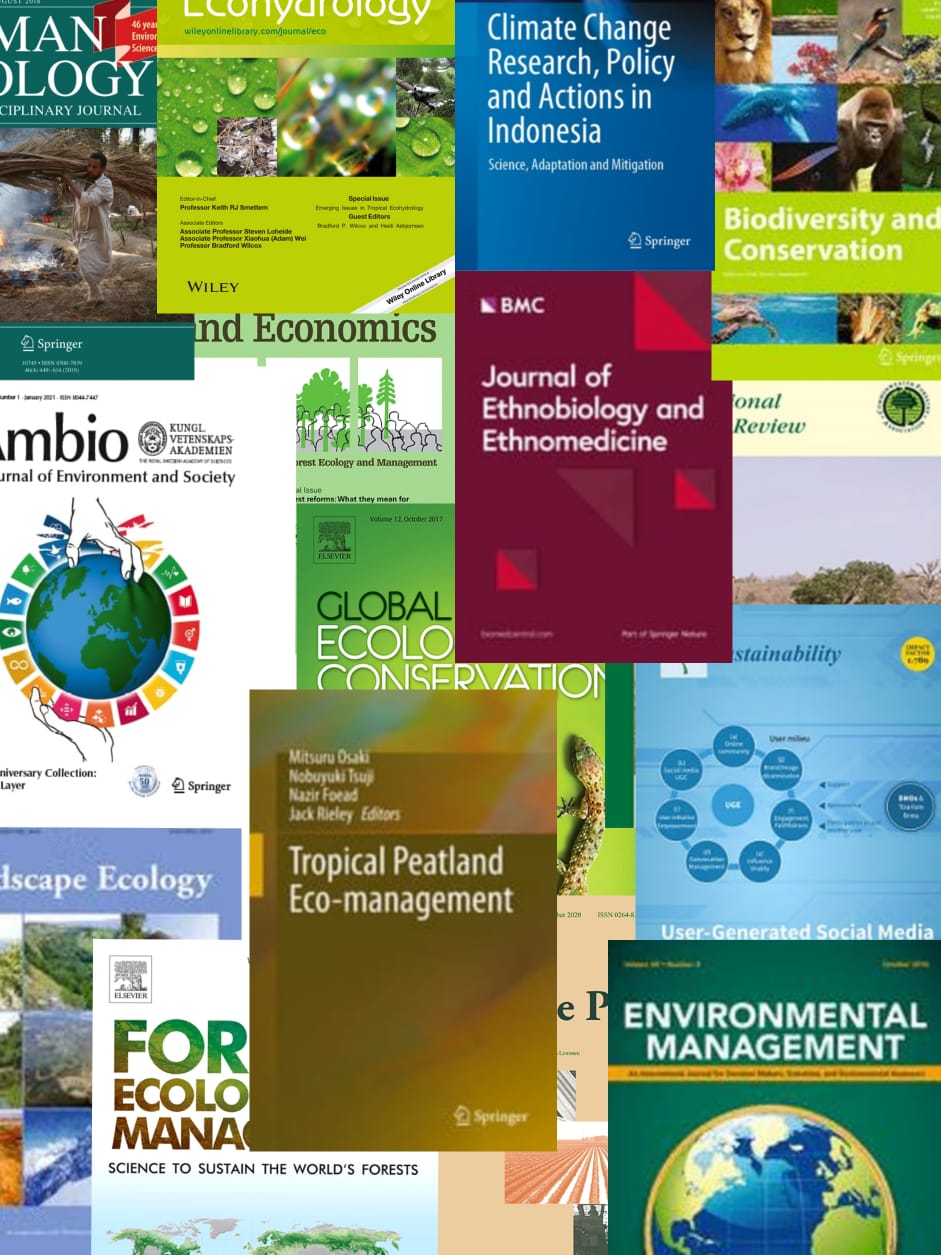We investigated the cardiorespiratory health effects of smoke exposure from the 1997 Southeast Asian Forest Fires among persons who were hospitalized in the region of Kuching, Malaysia. We selected admissions to seven hospitals in the Kuching region from a database of all hospital admissions in the state of Sarawak during January 1, 1995 and December 31, 1998. For several cardiorespiratory disease classifications we used Holt-Winters time-series analyses to determine whether the total number of monthly hospitalizations during the forest fire period (August 1 to October 31, 1997), or post-fire period (November 1, 1997 to December 31, 1997) exceeded forecasted estimates established from a historical baseline period of January 1, 1995 to July 31, 1997. We also identified age-specific cohorts of persons whose members were admitted for specific cardiorespiratory problems during January 1 to July 31 of each year (1995-1997). We compared Kaplan-Meier survival curves of time to first readmission for the 1997 cohorts (exposed to the forest fire smoke) with the survival curves for the 1995 and 1996 cohorts (not exposed, pre-fire cohorts). The time-series analyses indicated that statistically significant fire-related increases were observed in respiratory hospitalizations, specifically those for chronic obstructive pulmonary disease (COPD) and asthma. The survival analyses indicated that persons over age 65 years with previous hospital admissions for any cause (χ1df2=5.98, p=0.015), any cardiorespiratory disease (χ1df2=5.3, p=0.02), any respiratory disease (χ1df2=7.8, p=0.005), or COPD (χ 1df2=3.9, p=0.047), were significantly more likely to be rehospitalized during the follow-up period in 1997 than during the follow-up periods in the pre-fire years of 1995 or 1996. The survival functions of the exposed cohorts resumed similar trajectories to unexposed cohorts during the post-fire period of November 1, 1997 to December 31, 1998. Communities exposed to forest fire smoke during the Southeast Asian forest fires of 1997 experienced short-term increases in cardiorespiratory hospitalizations. When an air quality emergency is anticipated, persons over age 65 with histories of respiratory hospitalizations should be preidentified from existing hospitalization records and given priority access to interventions. © 2005 Elsevier GmbH. All rights reserved.
View source
Keyword(s)
Air pollution, Asthma, COPD, Forest fires, Respiratory health, cigarette smoke, adolescent, adult, age, aged, air quality, article, cardiovascular disease, child, chronic obstructive lung disease, cohort analysis, community, controlled study, data base, disease association, disease classification, emergency, environmental exposure, fire, follow up, forecasting, forest, health, health care access, hospital admission, hospitalization, human, infant, Kaplan Meier method, lung disease, Malaysia, medical record, newborn, observation, patient selection, Southeast Asia, statistical significance, time series analysis

